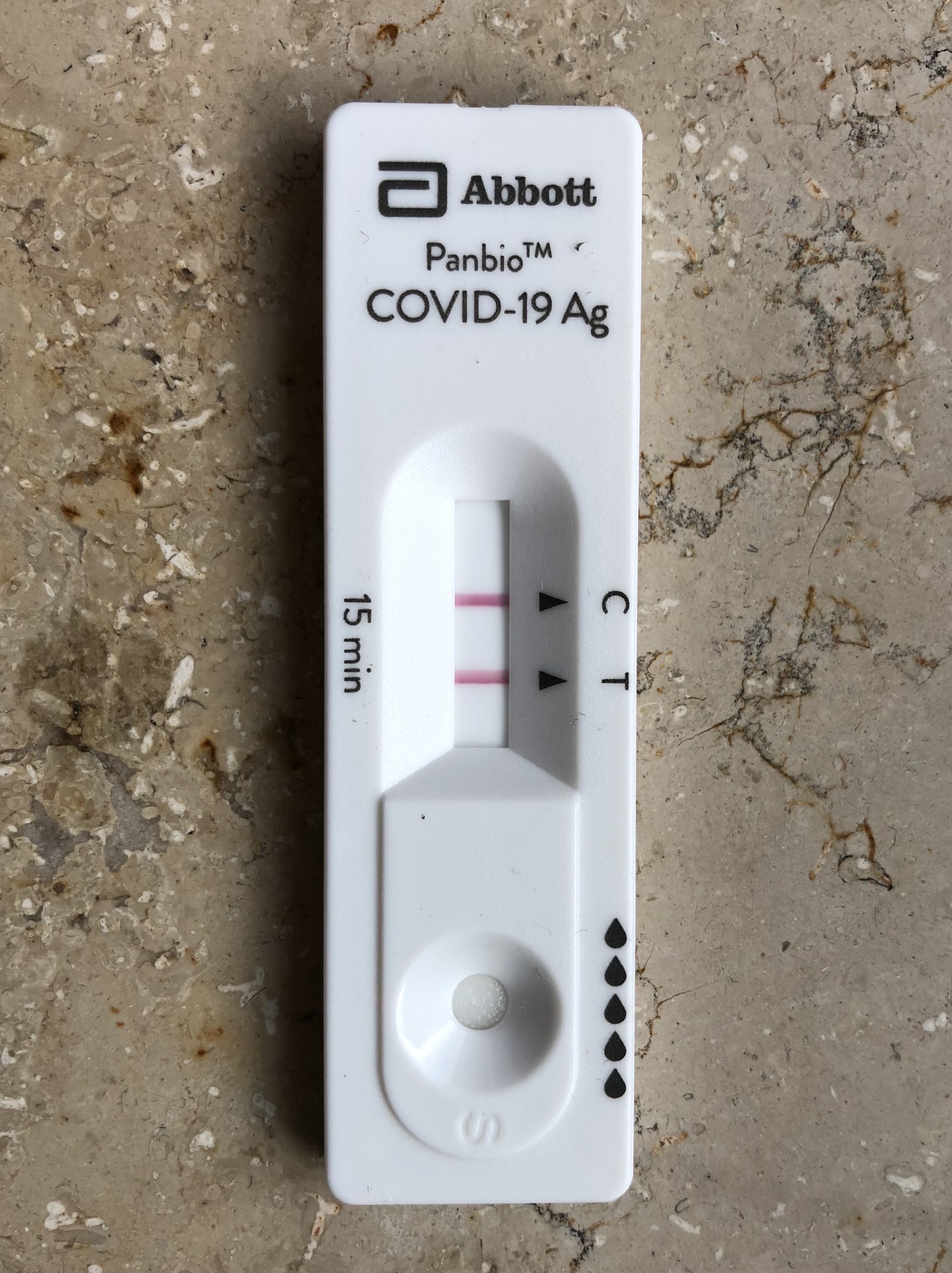Template:The Comprehensive Guide to Physician Office Laboratory Setup and Operation/The clinical environment/Point-of-care testing
1.6 Point-of-care testing
The College of American Pathologists (CAP) defines POCT as "testing that is performed near or at the site of a patient with the result leading to a possible change in the care of the patient."[1] Historically this sort of testing was mundane due to the nature of the available methods; however, today these tests have advanced to include even limited forms of molecular diagnostics testing.[2] Like waived CLIA tests, POCT can also be performed by laboratory personnel. However, both personnel and patients (those who use testing devices at home) must be trained on how to use POCT devices in order to get the most accurate results.[3][4]
Some POCT devices are gradually allowing the patient to send data from their instruments—or even their mobile phones—directly to the physician office. However, this has historically not always a straightforward procedure. As the CAP noted in 2013 concerning POCT, "interoperability should be developed or expanded ... to provide better oversight and incorporation of results into the electronic medical record."[5] Multi-stage efforts towards "Meaningful Use" of electronic health records (EHRs) that are able to accept patient-generated data went into effect in the early to mid-2010s, followed by other pushes towards integrating POCT results with a wide variety of informatics systems.[6][7] However, interoperability and meaningful use of POCT data and EHRs still has work to do. As Labcorp's strategic director of clinical technology Adam Plotts notes, "[t]he main challenge is the way technology brings outside patient data into the provider's workflow."[8] During the COVID-19 pandemic, this has extended to at-home testing and the reporting of results over a mobile device.[9] However, from the perspective of the POL, these same at-home test kits can be used in the POL, and as long as results get properly documented—preferably in the patient's EHR record—POCT provides a better chance at timely patient outcomes.
- ↑ Stiles, K. (2020). "Nebraska Public Health Laboratory Point of Care Waived Testing for Long Term Care Facilities". Nebraska Public Health Laboratory. https://www.nehca.org/wp-content/uploads/POC-Waived-Training-LTC.pdf. Retrieved 18 April 2022.
- ↑ Thill, M. (October 2020). "Selling Moderate Complexity". Repertoire. https://repertoiremag.com/selling-moderate-complexity.html. Retrieved 18 April 2022.
- ↑ Kiechle, Frederick L.Main, Rhonda Ingram (2002). The Hitchhiker's Guide to Improving Efficiency in the Clinical Laboratory. American Association for Clinical Chemistry. pp. 132. ISBN 9781890883720. https://books.google.com/books?id=ud55aVHAiTQC. Retrieved 18 April 2022.
- ↑ "Point-of-Care Diagnostic Testing". Research Portfolio Online Reporting Tools. National Institutes of Health. 30 June 2018. https://web.archive.org/web/20190211145517/http://report.nih.gov/nihfactsheets/ViewFactSheet.aspx?csid=112. Retrieved 18 April 2022.
- ↑ "Point Of Care Testing". College of American Pathologists. September 2013. http://www.cap.org/apps//cap.portal?_nfpb=true&cntvwrPtlt_actionOverride=%2Fportlets%2FcontentViewer%2Fshow&_windowLabel=cntvwrPtlt&cntvwrPtlt{actionForm.contentReference}=policies%2Fpolicy_appII.html.[dead link]
- ↑ Futrell, K. (22 June 2017). "Looking at POCT through a new 'value' lens". Medical Laboratory Observer. https://www.mlo-online.com/continuing-education/article/13009205/looking-at-poct-through-a-new-value-lens. Retrieved 18 April 2022.
- ↑ Dhawan, Atam P. (2018). "Editorial Trends and Challenges in Translation of Point-of-Care Technologies in Healthcare". IEEE Journal of Translational Engineering in Health and Medicine 6: 1–8. doi:10.1109/JTEHM.2018.2866162. ISSN 2168-2372. PMC PMC6225954. PMID 30430044. https://ieeexplore.ieee.org/document/8485509/.
- ↑ Plotts, A. (21 September 2021). "Creating Meaningful Interoperability for Patient Healthcare Records". Labcorp. https://www.labcorp.com/unique-perspectives/blog/creating-meaningful-interoperability-patient-healthcare-records. Retrieved 20 April 2022.
- ↑ Juluru, K.; Weitz, A.; Fleurence, R.L. et al. (11 February 2022). "Reporting COVID-19 Self-Test Results: The Next Frontier" (in en). Health Affairs. doi:10.1377/forefront.20220209.919199. http://www.healthaffairs.org/do/10.1377/forefront.20220209.919199/full/.










